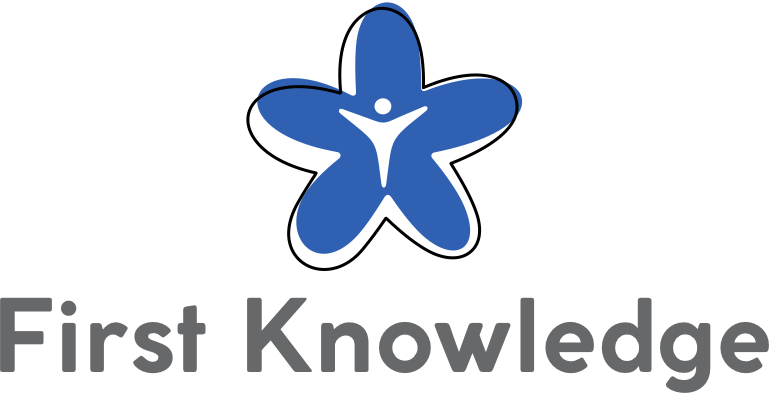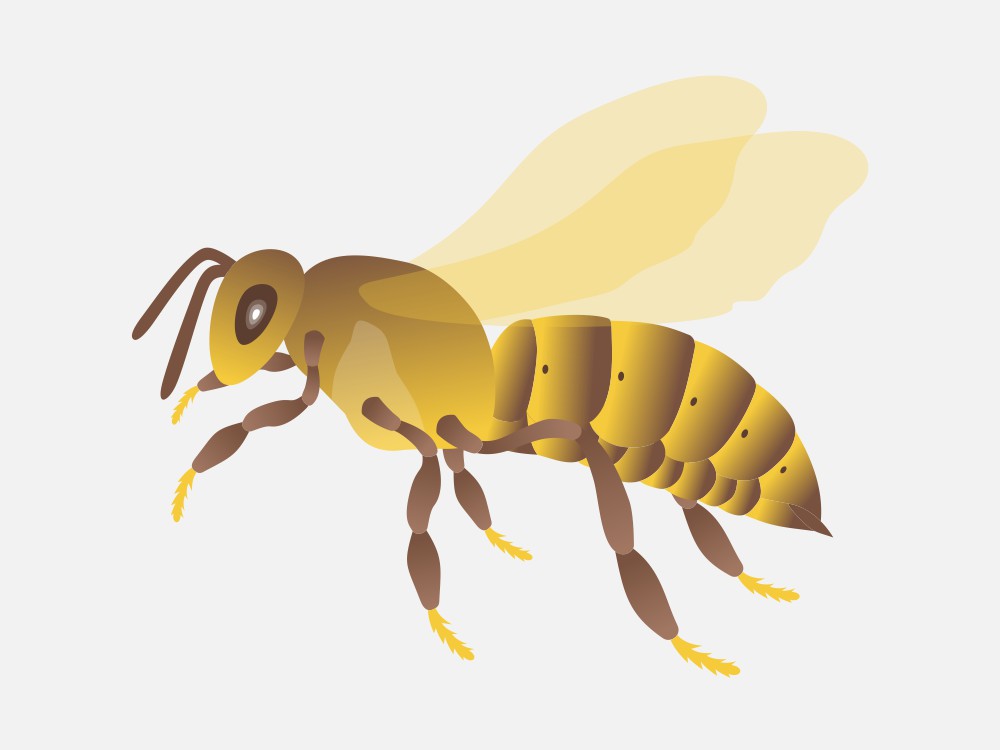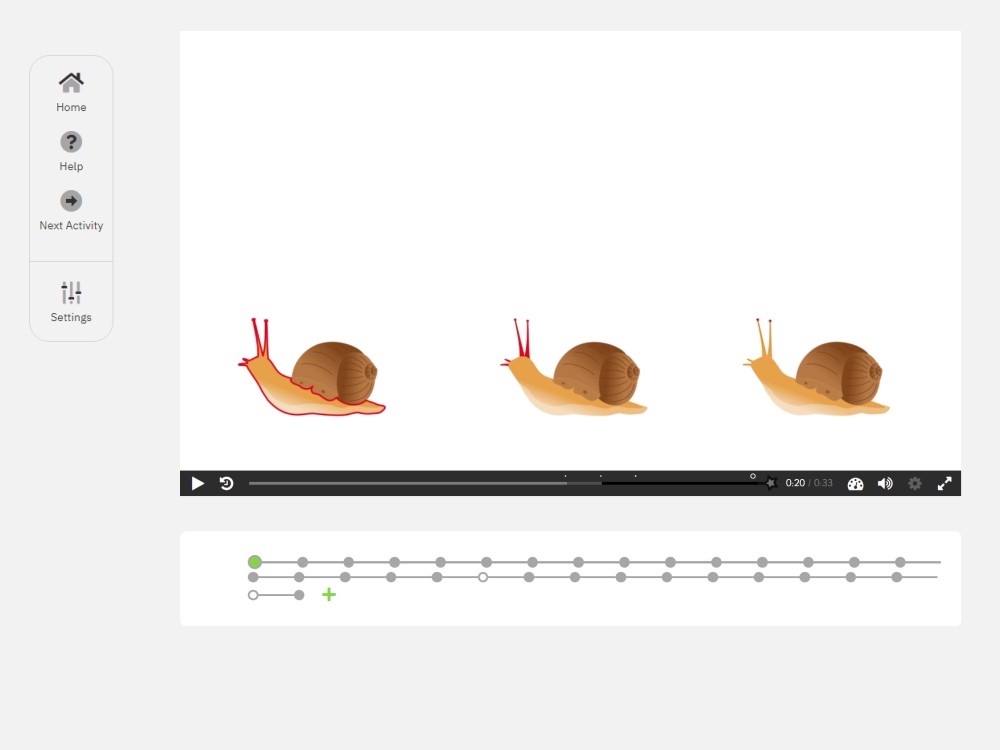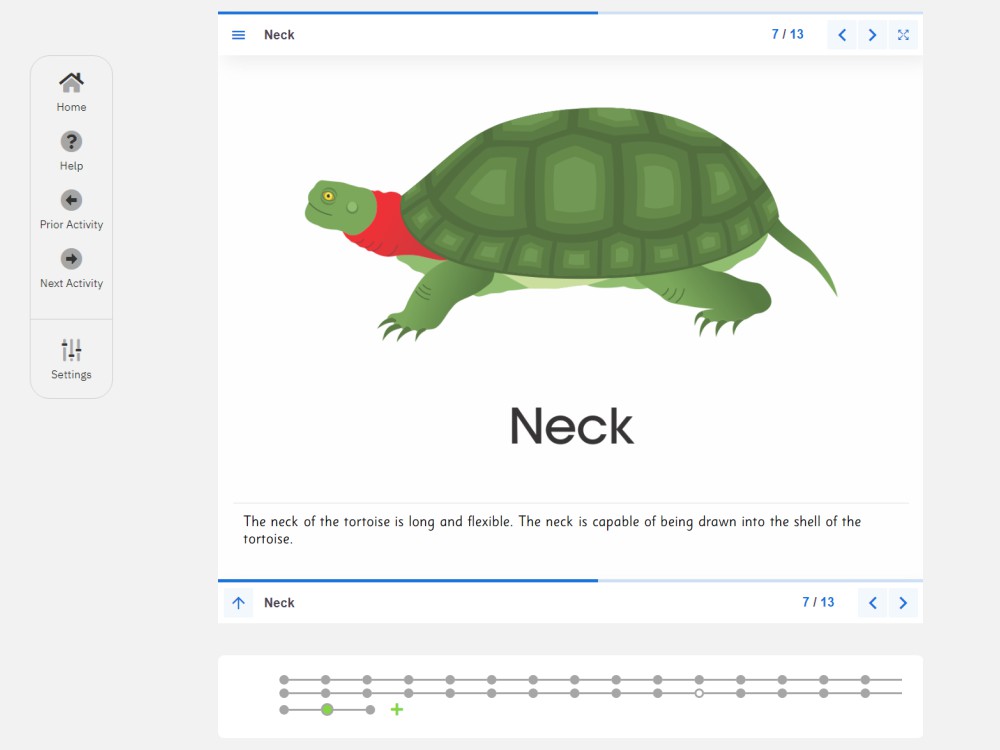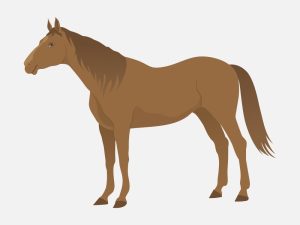Description
This material supports the Montessori zoology curriculum, and indirectly, the history curriculum.Children in primary level learn introductory knowledge about the parts and the functions of the external parts of vertebrate animals (chordata) using simple nomenclature: fish, amphibian, reptile, bird, mammal. At the elementary level, in addition to an in-depth study of vertebrate animals, children are introduced to the characteristics, and functions of invertebrate animals using classified nomenclature: porifera, cnidaria, platyhelminthes. nematoda, annelida, arthropoda, mollusca, and echinodermata. This material consists of 384 three-part cards, 16 wallcharts, and 16 booklets. The nomenclature cards contain a description, a label, and a picture card for matching purposes. The 16 wallcharts represent all the parts together. The booklets serve as control for error for the nomenclature matching work.
Contents
three-part Cards: 384 cards
128 pictures
128 labels
128 definitions
16 Wallcharts
16 Booklets
Animals of the Major Phyla represented:
Fish 10 different cards
Amphibian 10 different cards
Reptile 12 different cards
Bird 10 different cards
Mammal 20 different cards
Porifera 5 different cards
Cnidaria 5 different cards
Platyhelminth 6 different cards
Nematode 4 different cards
Annelid 7 different cards
Mollusk 11 different cards
Arthropod 15 different cards
Echinoderm 13 different cards
Skills
–aids in organizing concepts mentally
-increases vocabulary pertaining to zoology
-enhances classification skills
-promotes concentration
Prior Knowledge Recommended
Living vs. Nonliving
The Domains
The Five Kingdom Chart
Plant vs. Animal
Vertebrate vs. Invertebrate
Observation of a live specimen, or model
Recommended Age
6-12
Subjects
Amphibian, Bird, Reptile, Mammal, Fish, Poriferan, Cnidaria, Platyhelminth, Nematode, Annelid
